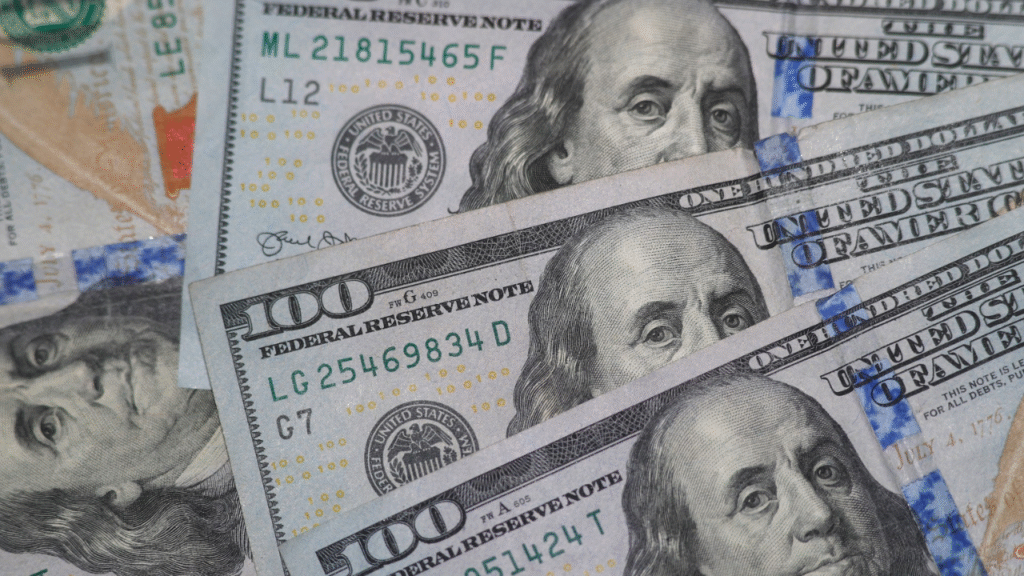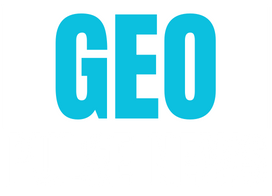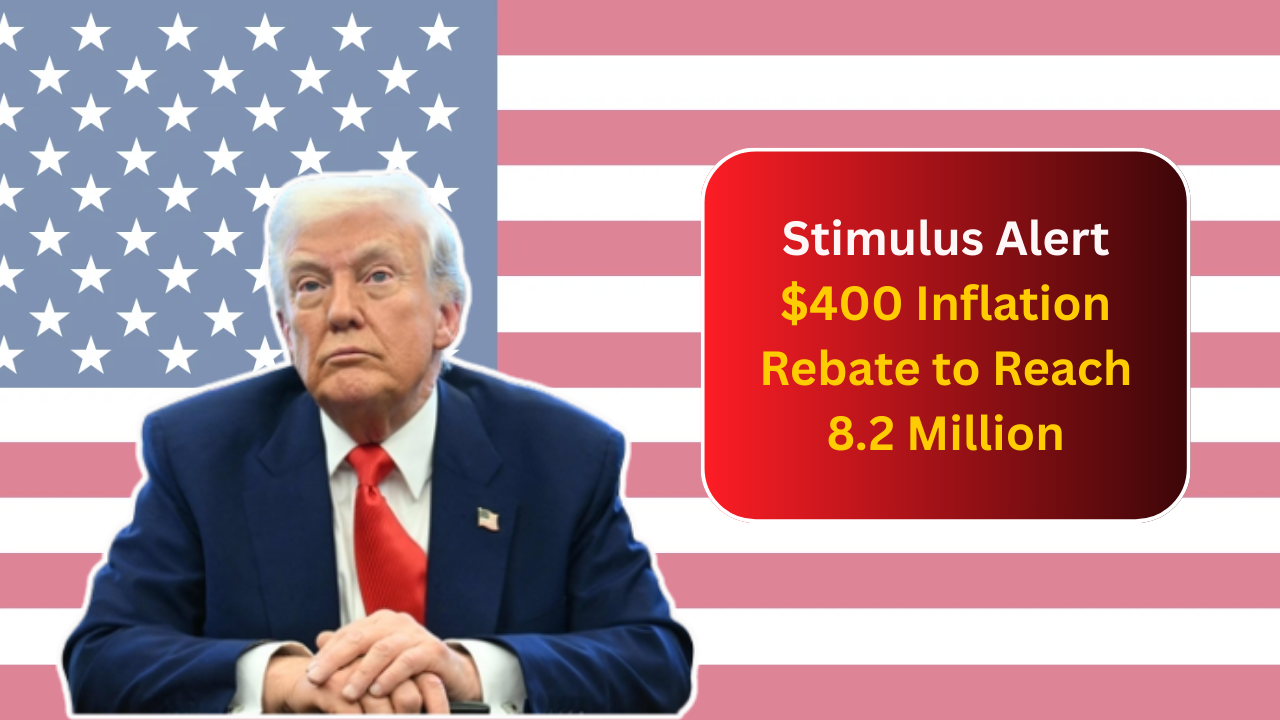Millions of Americans are set to receive a $400 inflation rebate this fall as part of the government’s ongoing efforts to ease the burden of rising prices.
The latest round of stimulus payments will reach approximately 8.2 million households across the country. This move comes amid growing concerns about inflation and its impact on everyday expenses such as groceries, fuel, and utilities.
What Are Inflation Rebates?
Inflation rebates, sometimes called stimulus checks or relief payments, are government-issued funds sent directly to eligible households.
The goal is to help families manage the extra costs caused by inflation. Unlike regular stimulus checks that were part of COVID-19 relief packages, these rebates specifically target the financial strain created by the current rise in prices.
The $400 rebate amount is designed as a one-time payment. It is part of a broader government plan to support low- and middle-income families who are struggling to keep up with inflation’s impact on their budgets.
Who Will Receive the $400 Rebate?
According to the latest government announcements, about 8.2 million households will qualify for the $400 inflation rebate. Eligibility is primarily based on income levels and household size.
Those with an annual income below a certain threshold—usually $75,000 for individuals and $150,000 for couples—are likely to qualify. Some states may have slightly different rules or additional programs that work alongside the federal rebate.
The government will use existing tax records and benefit program databases to identify eligible households. This means many families will receive the rebate automatically, without needing to apply.
How Will the Payment Be Distributed?
The $400 rebates will be sent out mostly through direct deposit to the bank accounts that taxpayers or benefit recipients have on file with the government. For those without direct deposit information, checks or prepaid debit cards may be mailed instead.
Payments are expected to begin rolling out in early fall, with most recipients seeing the funds by late October or early November. This timing is intentional, helping families prepare for higher winter expenses such as heating bills and holiday shopping.
Why Is the Government Issuing These Rebates Now?

Inflation in the U.S. has been higher than usual for more than a year, with prices climbing across many essential sectors. From food to fuel, the cost of living has increased, squeezing household budgets everywhere.
The government is using inflation rebates as a way to provide immediate relief and support consumer spending, which is vital for economic growth.
The $400 payment also aims to help those most affected by inflation, low- and moderate-income households that typically spend a larger share of their income on essentials. By boosting their purchasing power, the government hopes to ease financial stress and maintain economic stability.
What Does This Mean for Households?
For families receiving the rebate, the $400 could help pay for essential needs such as groceries, utilities, or fuel. While it might not fully offset the impact of inflation, it offers meaningful support during tough times.
Experts say that timely payments like these can help prevent households from falling into debt or cutting back too much on important expenses. It also helps maintain consumer confidence, which is important for a healthy economy.
How to Check Eligibility and Payment Status?
Households expecting to receive the inflation rebate should keep an eye on official government websites and announcements. The IRS and state tax agencies will provide updates on payment schedules and eligibility.
Those who do not receive the rebate automatically can check their eligibility using online tools provided by the IRS or contact their local government offices. It is important to be cautious of scams and only rely on trusted sources for information.
What to Do If You Don’t Receive the Rebate?
If you believe you are eligible but do not receive the payment by the expected date, there are steps you can take:
- Verify your eligibility using IRS tools.
- Make sure your direct deposit or mailing address details are up to date.
- Contact the IRS or your state tax office for help.
- Be wary of fraudulent calls or emails asking for personal information.
In some cases, there may be a delay in processing, but the government aims to resolve such issues quickly.
What’s Next After the $400 Rebate?
While the $400 inflation rebate is a one-time payment, the government continues to explore other ways to help households cope with inflation. These include adjustments to tax credits, energy assistance programs, and other social support measures.
Experts suggest that controlling inflation over the long term will require broader economic policies, but immediate relief like this rebate plays a crucial role in supporting families now.
Conclusion
The $400 inflation rebate scheduled for this fall represents a significant effort by the government to ease financial pressure on millions of American households. By targeting those most in need, these payments aim to provide practical help during a time of rising costs and economic uncertainty.
If you believe you qualify, keep track of government updates and make sure your contact and bank information are current. This rebate can be an important resource to help you and your family manage inflation’s challenges in the coming months.





